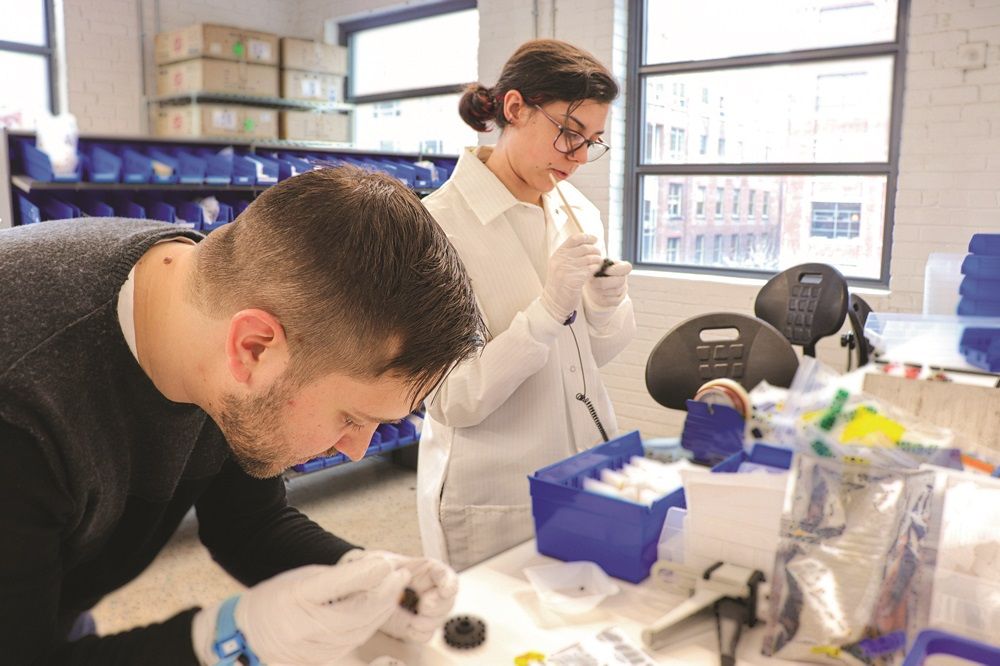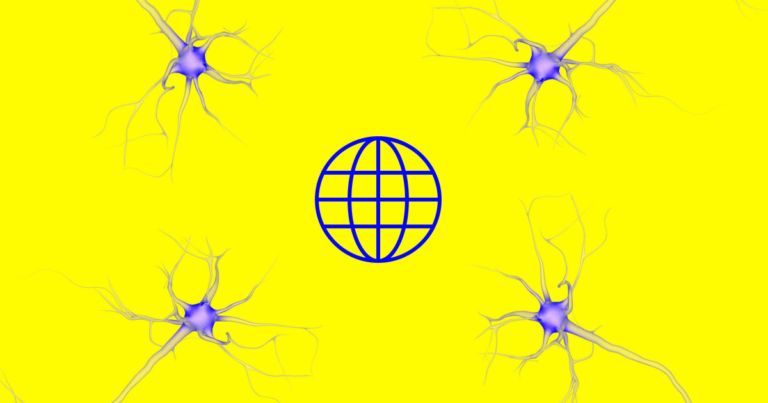That’s no longer the case. Blue Canyon Technologies, AAC Clyde Space, GomSpace, NanoAvionics, Tyvak and several others are ready and willing to build cubesats en masse. So it came as a surprise to many cubesat manufacturers when Kepler Communications announced plans in January to manufacture its constellation of 140 Internet of Things satellites in-house.
Kepler is poised to become one of the world’s largest cubesat operators once its constellation is fully in orbit, a target set for the end of 2022. Only Planet currently operates a fleet that large.
Instead of formally soliciting bids from a wide range of cubesat builders, though, Toronto-based Kepler turned to the University of Toronto Institute for Aerospace Space Flight Laboratory (SFL) for help setting up its own manufacturing line. Kepler also received 1 million Canadian dollars ($760,000) from the Canadian Space Agency to mature its bus design and production techniques, leading some observers to conclude national pride could play a role. Through Kepler, Canada is establishing a robust cubesat manufacturing capability.








